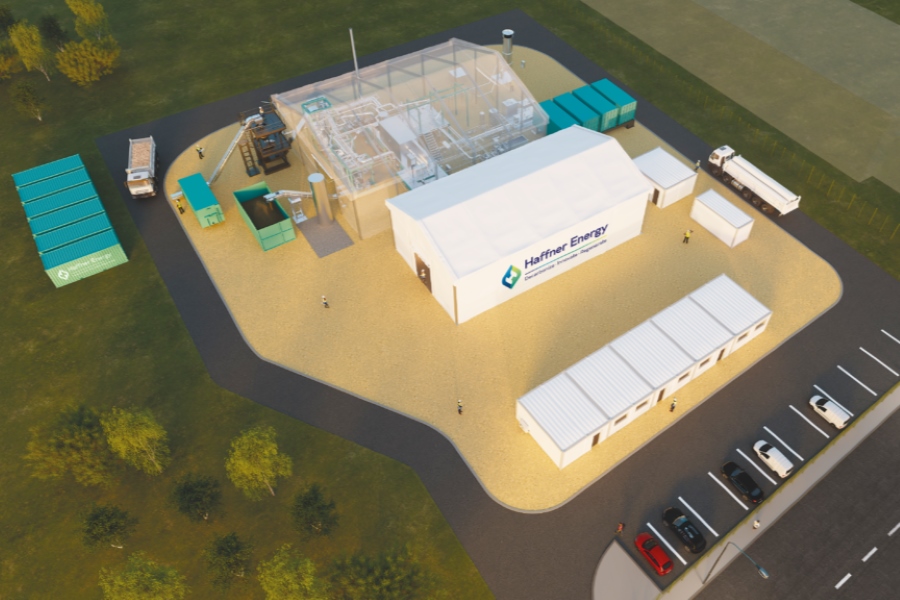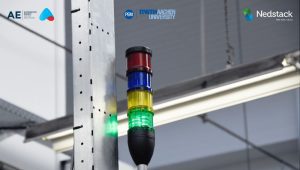Capable of delivering up to 12 tonnes of hydrogen per day, the new unit also offers the flexibility to switch between hydrogen and renewable electricity generation, allowing producers to adapt output to demand or achieve full energy autonomy.
The unit operates with an energy efficiency of 80% and is designed for decentralised applications with little or no reliance on the grid. It also produces cost-competitive syngas that can be used for electricity generation during peak hours, helping operators avoid strict offtake agreements.
Haffner says the system consumes around 31,000 tonnes of dry biomass annually, processing feedstocks such as agricultural residues, woody by-products, municipal waste, sludge, and manure. In parallel, it generates approximately 58,000 tonnes of biogenic CO₂ per year – a resource that can be captured and used in power-to-liquid processes to produce e-methanol or sustainable aviation fuel (e-SAF).
According to the company, the Hynoca® Flex 500 IG offers rapid deployment through standardised modules and predictable performance. The design aims to complement electrolysis-based hydrogen production by providing renewable CO₂ for synthetic fuels.
The first units are expected to be commissioned in early 2027, with reservations now open.






